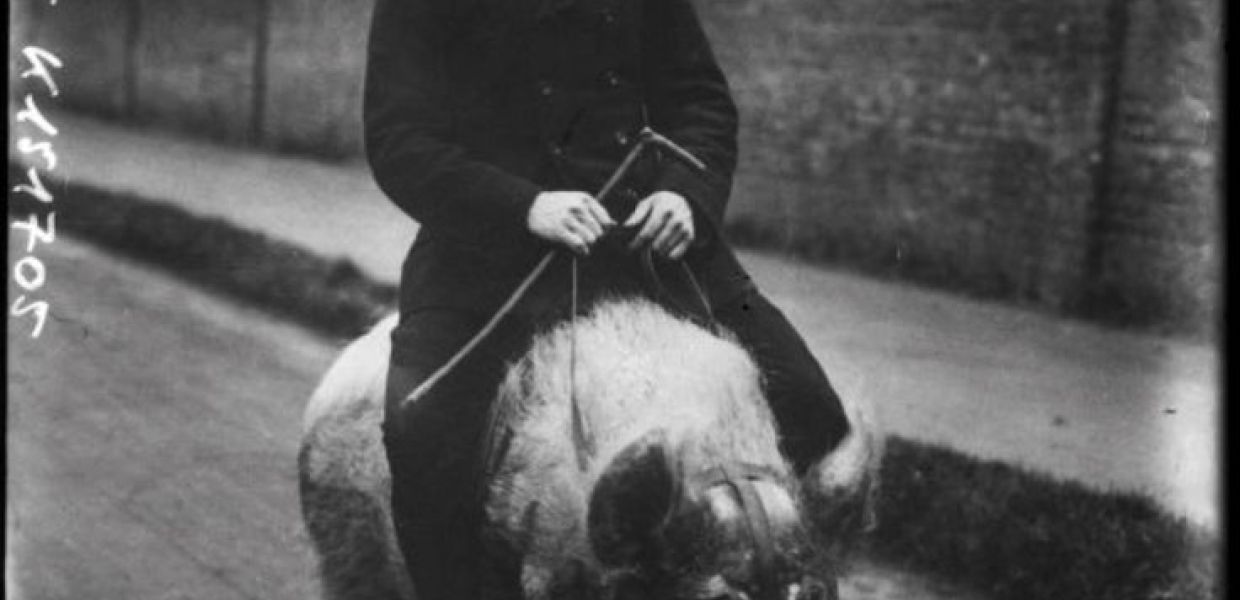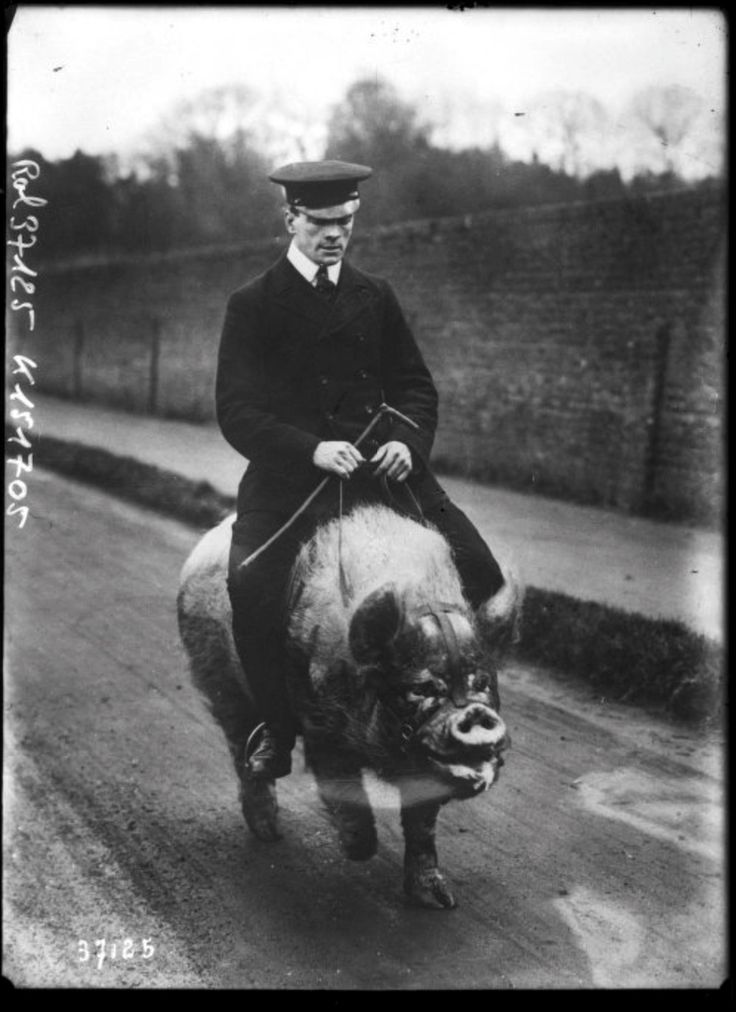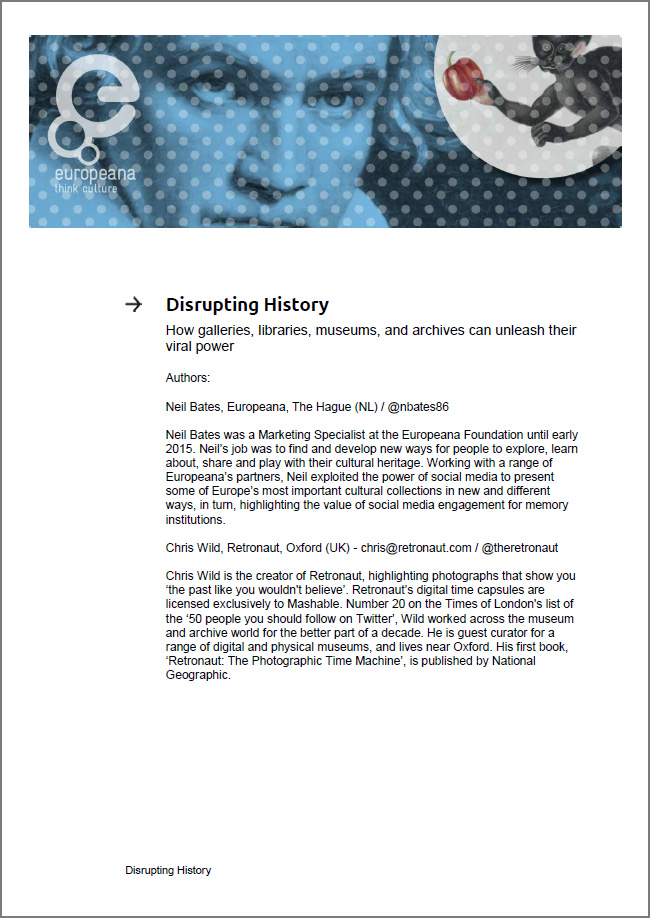Disrupting history one image at time

Have you heard of Retronaut? It’s a highly successful online distributor of fascinating 20th century photography. By revealing strange yet enlightening photographs from the past, Retronaut.com and its social media channels evolved into a platform attracting hundreds of thousands of people from all over the world every day. Since the end of 2014, Retronaut has been part of Mashable, one of the biggest websites in the world, engaging even bigger audiences with historic content.

An image used on Retronaut from Europeana: Animaux apprivoisés de Mr Wingfield à Ampthill, National Library of France, Public Domain.
But what are the secrets of Retronaut’s success? Is it possible to apply founder of Retronaut Chris Wild’s methods and lessons learned to other cultural organisations? What are the benefits of ‘giving away’ your best content on the internet anyway? What is the logic behind ‘Frans Hals for breakfast, Victor Hugo for lunch and rat-catchers for dinner’ as a social media strategy?
In the autumn of 2013, Europeana’s marketing team began a collaboration with Retronaut. The aim was to discover the secrets of Retronaut’s success, to emulate it and to work together to multiply it for the benefit of both parties. Our average number of impressions on Facebook pre-Retronaut was around 1.25 million per quarter. During the collaboration, this went up to 4.5 million. And eventually, some images started to have a life of their own, outside of our own portal and social media channels.
The paper ‘Disrupting History’ by Neil Bates and Chris Wild describes the mechanisms of a successful social media strategy which begins with deciding what to share in the first place. This is followed by some examples of material that we shared during the collaboration and the results we got from doing so. Then the paper describes the SPEED model which helps to identify the kind of content with the biggest viral potential.
Whatever your current strategy, we believe that the SPEED model is a great tool to help increase your following and reach, and therefore your relationship with your audiences. By identifying and surfacing your most striking images, you are likely to reach more people and encourage them in through your doors, at which point you can share the rest of your collections in the best ways you know how.

